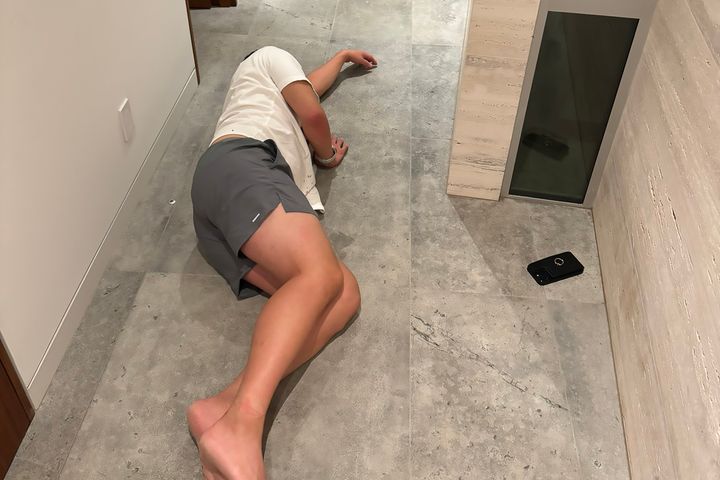
Crunch Fitness making a comeback in Ontario after flameout 4 years ago
An Ontario-based fitness club chain is preparing to make a comeback in the province four years after it closed one of its high-profile locations in downtown Toronto.
Since 1976, Crunch Fitness Canada has been known for its wide selection of heavy free weights, Olympics platforms, and high-intensity interval training spaces with dynamic workout classes, also known as their signature HIITZone workouts.
Headquartered in Cambridge, Ont., the brand currently operates just under 35 gyms in Canada and is growing towards 500 locations globally, and intends to reach over 50 locations in Canada by 2025.
Back in August 2020, Crunch Fitness closed its only remaining location in Toronto at 382 Yonge St., and since then, has continued to operate clubs throughout the GTA, including ones in Brampton and Mississauga.
While the brand already boasts just under 25 locations in Ontario, it is preparing to embark on a massive expansion, with seven locations currently in development and 15 opening in 2025, including ones in Guelph and Sarnia.
The franchise's expansion efforts will continue to focus on urban centres in the future, specifically in cities like Toronto and Kingston — the details of which are expected to be revealed in future updates.
"Torontonians and Ontario residents can expect a high-value, low-price unique fitness experience offering boutique-style programming integrated into a larger gym format. Our goal is to bring Crunch Fitness to every community in Canada," said Wes Hodgson, President and CEO of Crunch Fitness Canada.
"Crunch sees untapped potential in both high-density cities like Toronto and smaller towns where access to affordable, high-quality fitness facilities is limited."
Memberships at the fitness club range anywhere from $10 to $34 per month, depending on the location, and offer amenities like hydro-massage, red light therapy, and group classes, such as yoga, pilates, and Zumba.
Crunch Fitness
Latest Videos
Latest Videos
Join the conversation Load comments







